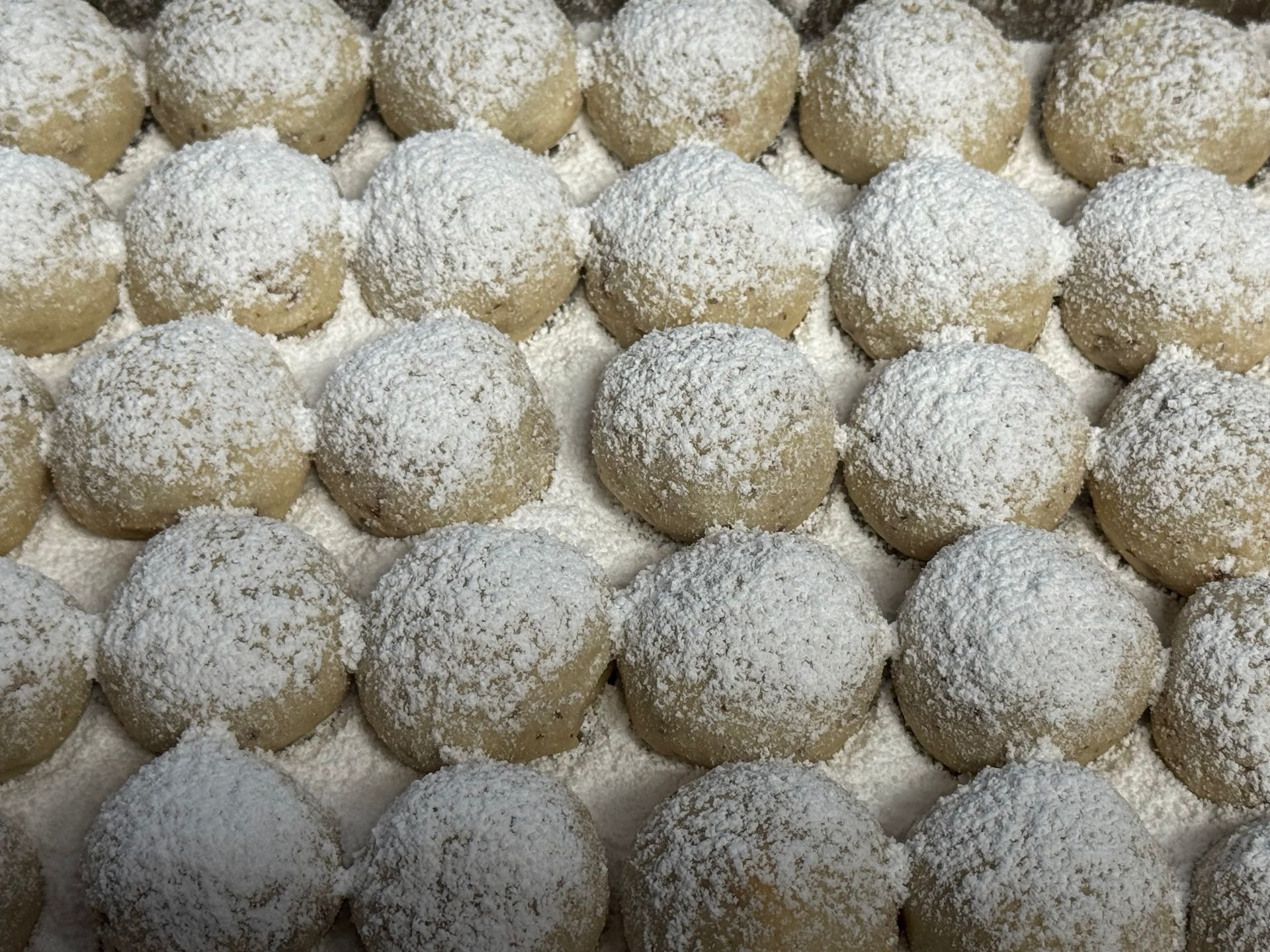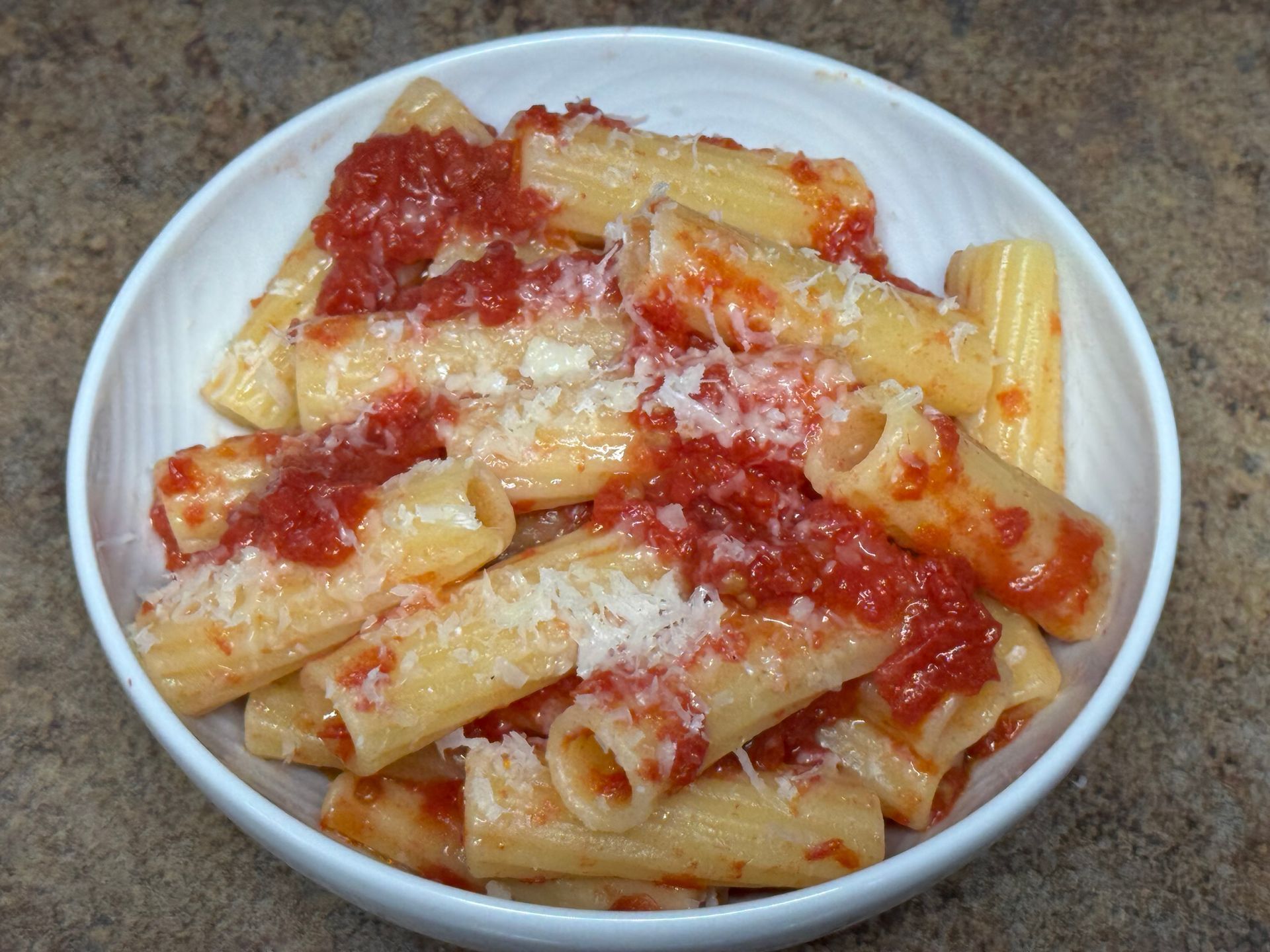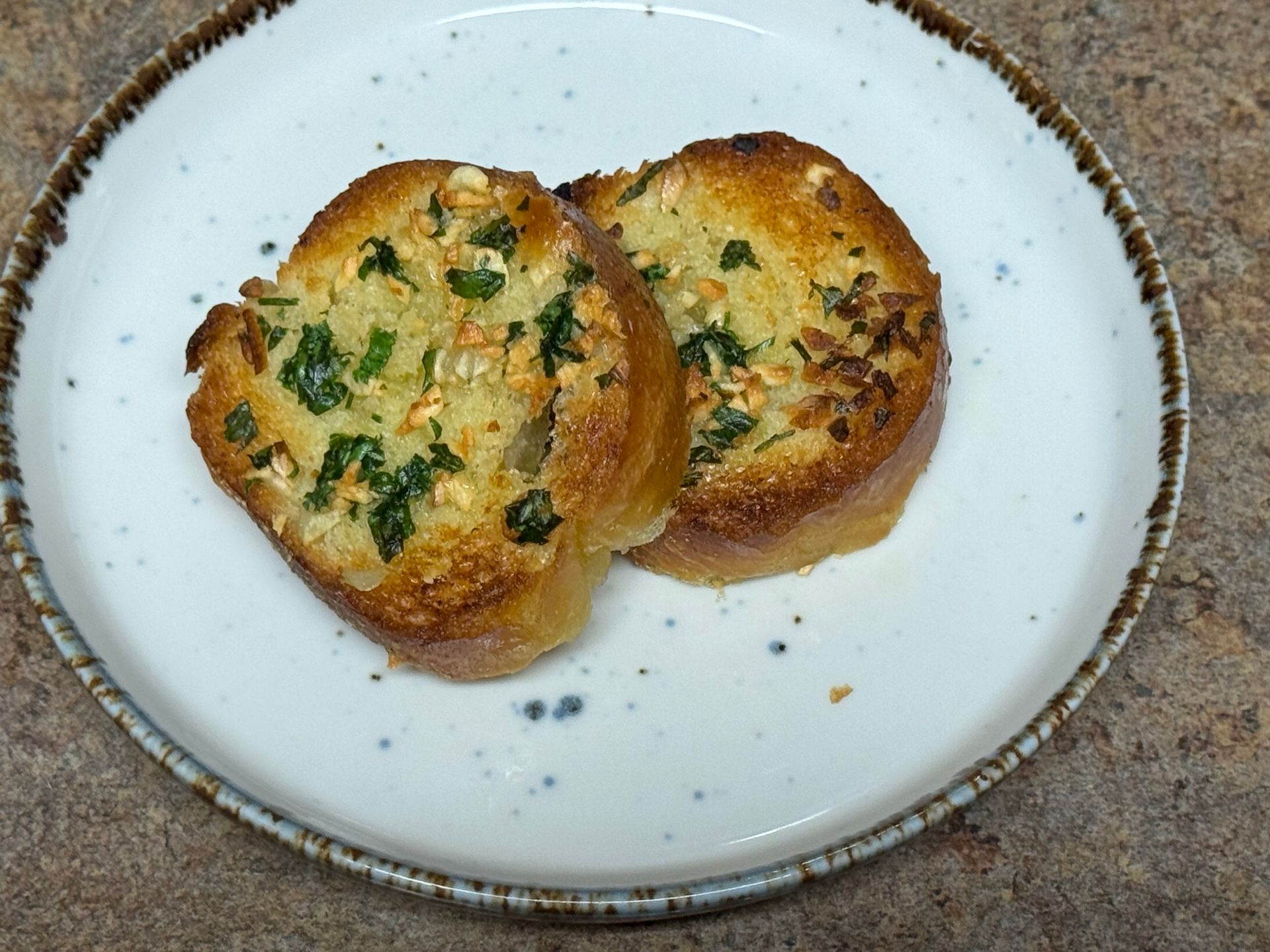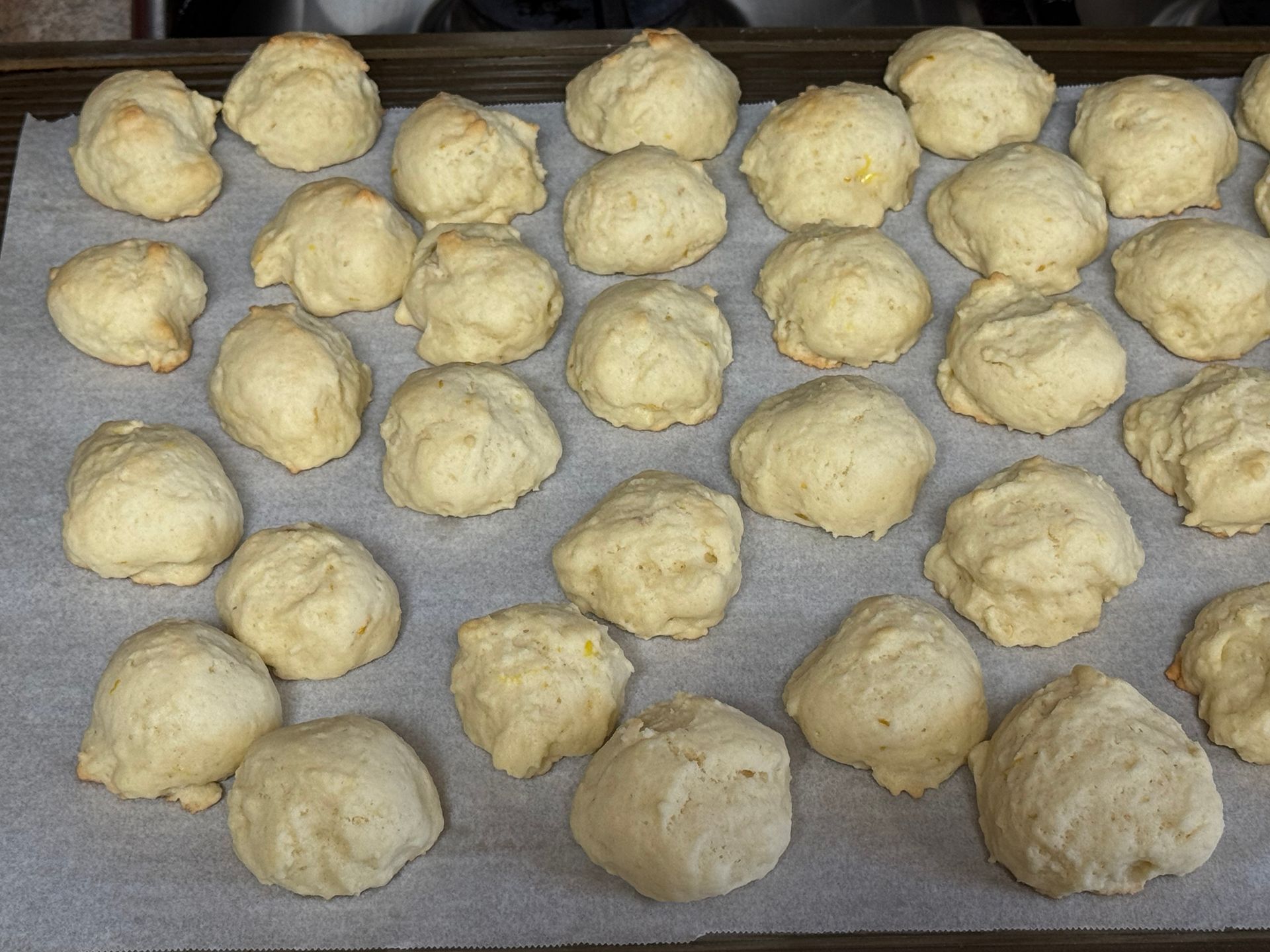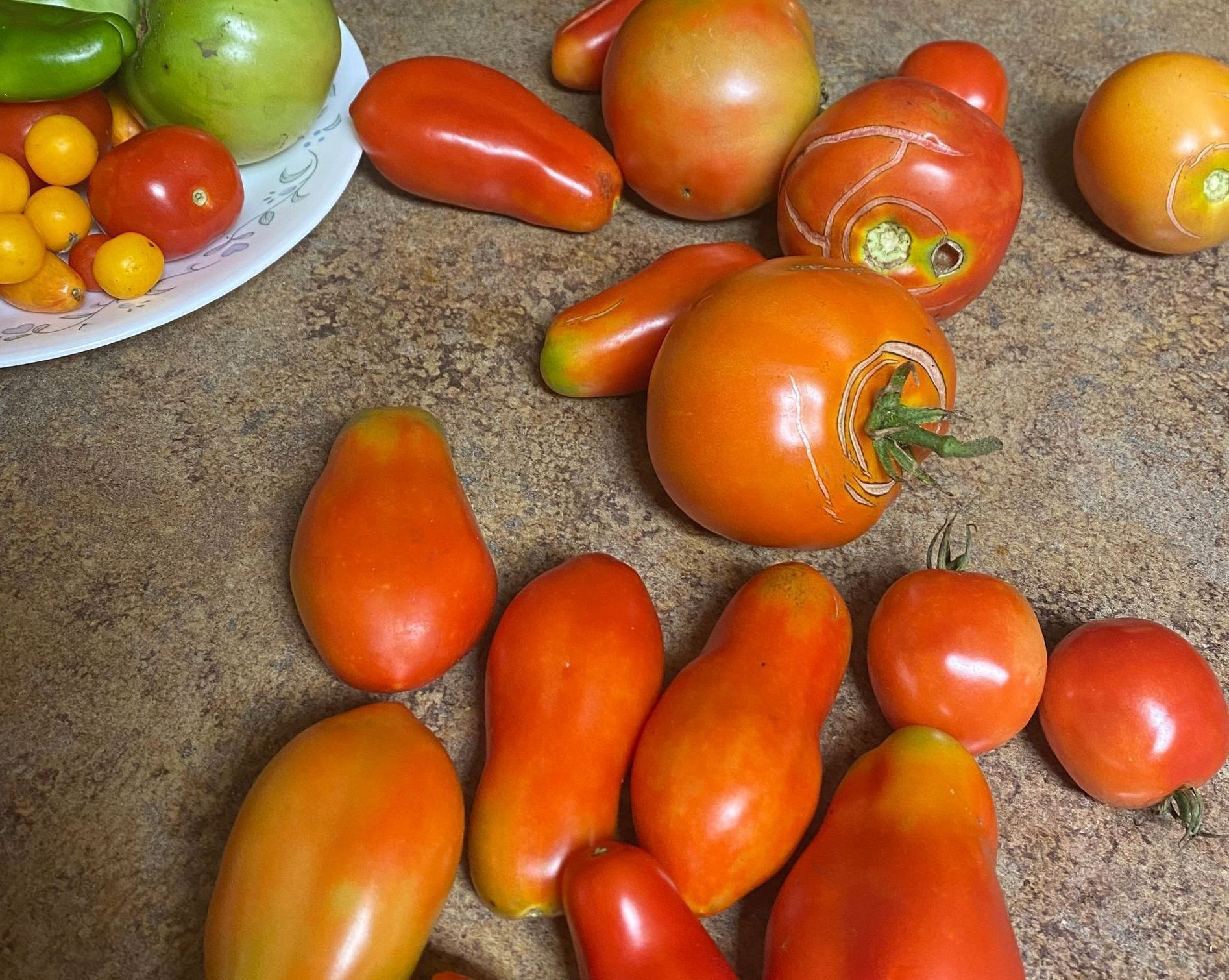
There are many different types of tomato sauce. This recipe is an Italian style sauce from the Vigna family. (my mother's maiden name) and my childhood memory of what tomato sauce or 'Sunday gravy' is. This is a great sauce for macaroni.
A classic French Tomato sauce is quite different with a mirepoix, bay leaf & flour-delicious as well.
An Italian marinara sauce has anchovies... all are different.
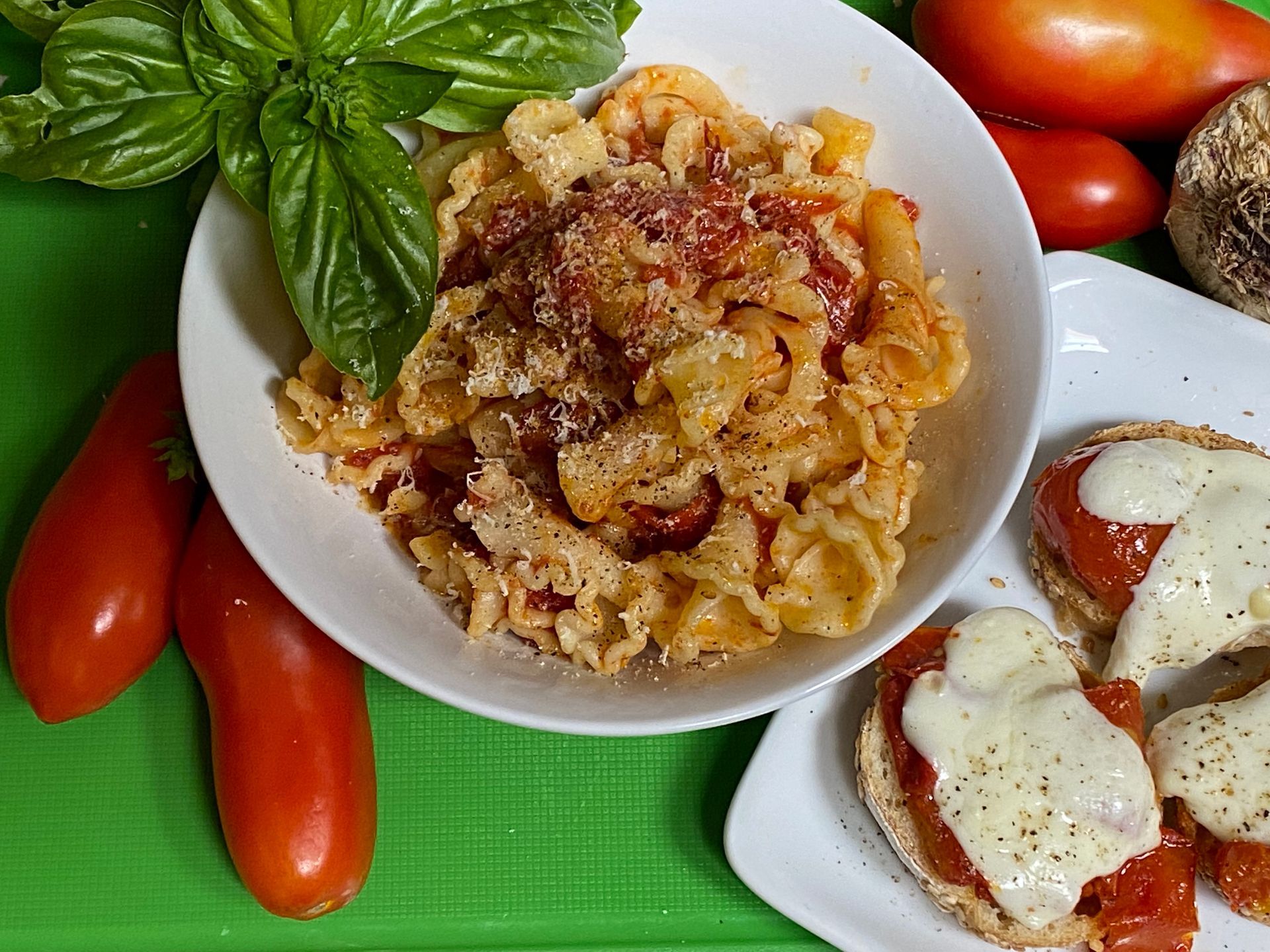
Tomato Sauce
Someone once told me that everyone has a favorite apple pie recipe or favorite tomato sauce recipe... it's all based upon what they grew up eating, it's their comfort food. It's so true.
I have friends who make tomato sauce with cans of tomato soup! I see people add wine or chocolate or sugar to balance the acidy of the tomatoes when they make sauce. So many different recipes!
I believe San Marzano tomatoes make the best sauce & I grow these in my garden each year to make my tomato sauce.
My Aunt Flora used to fry a little fresh basil with garlic for her sauce. I adopted this method in my recipe for sentimental reasons.
This is the recipe I use and I hope you enjoy it.
Tomato Sauce
Prep Time: 30 min
Cooking Time: 60 min
Yield: 4 portions
Ingredients
3 oz. Olive oil
3 cloves Garlic, peeled
2 sprigs. Basil, fresh
2 pints San Marzano tomatoes, fresh/canned
4 Tbsp. Tomato paste
1/2 tsp Kosher Salt
t.t. Black pepper
Water
How to Prepare Tomato Sauce
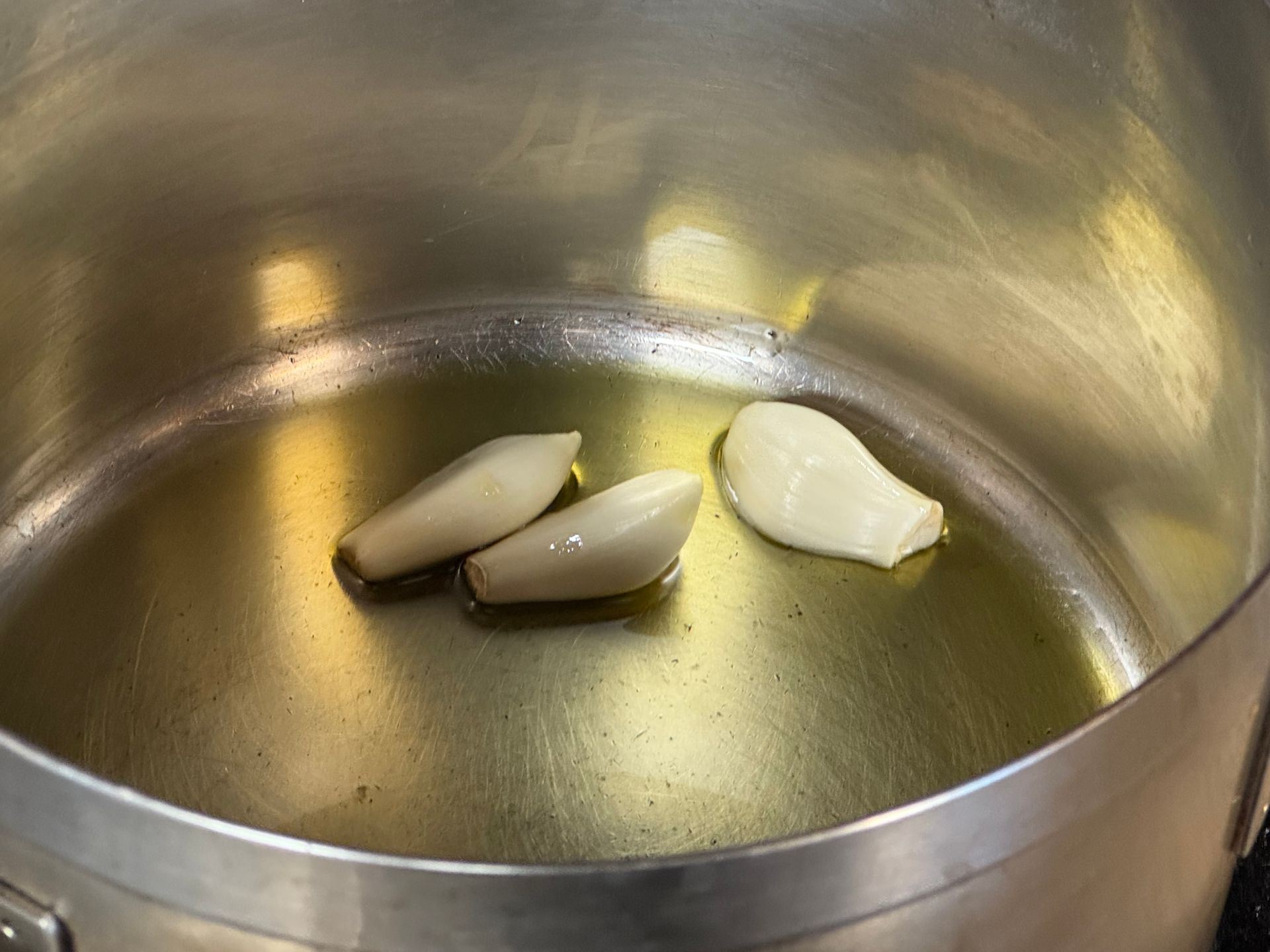
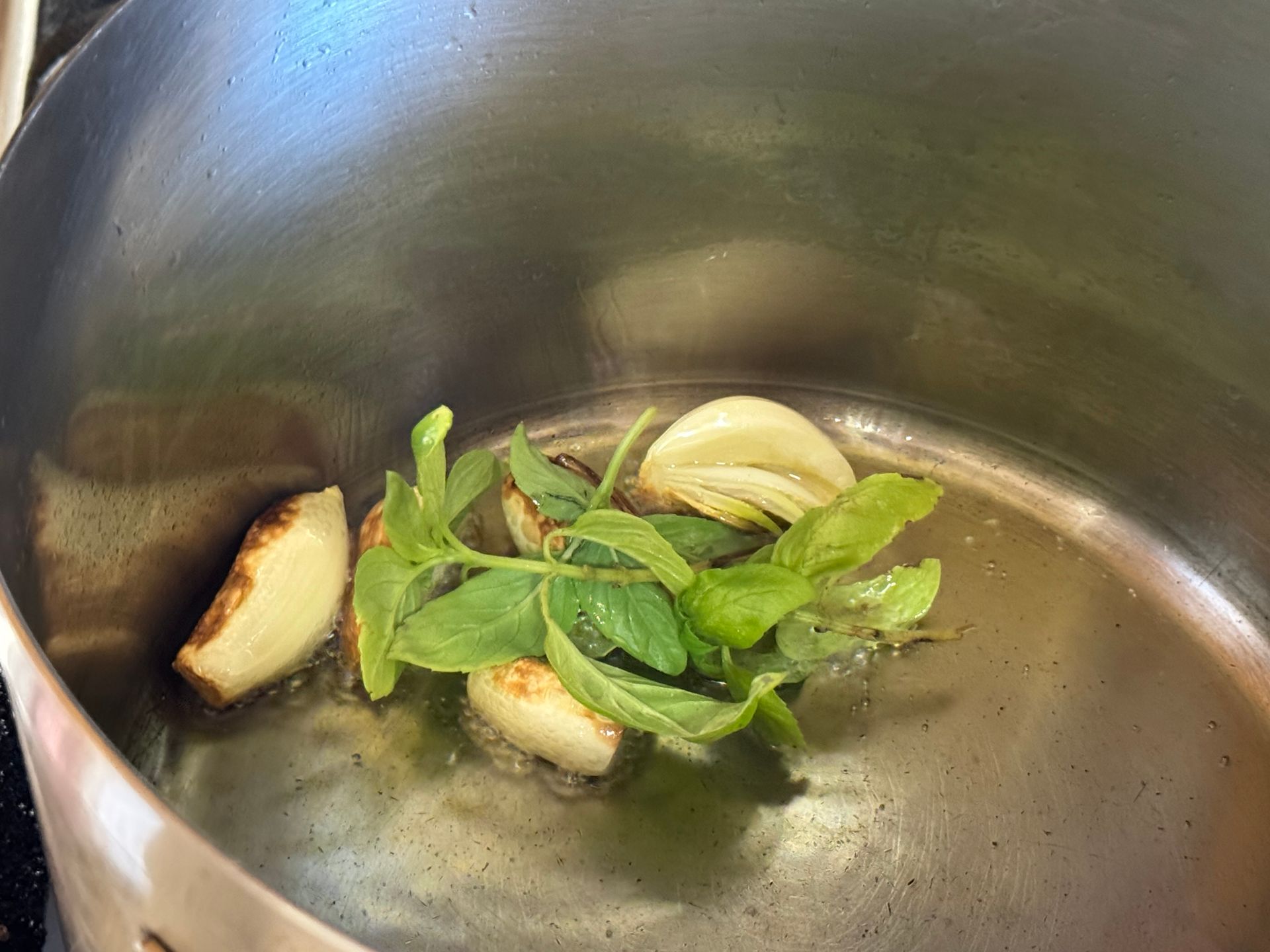
Step 1
Heat the olive oil in a heavy pot, add the garlic and cook until tender, about 2 minutes; add the basil.
Be careful not to get the garlic too brown or it will have a bitter taste.

Step 2
Add one can of tomatoes & break up with a spoon while cooking in the oil. You can certainly use chopped tomatoes or put the tomatoes in a blender before adding to the oil.
If you use fresh tomatoes, you may choose to blanch the tomatoes in hot water & peel the skin off; cut in half & deseed.
I leave the seeds in for this tomato sauce recipe.
Add the tomato paste, salt & pepper.
After you've broken up the tomatoes, fill the empty tomato can with water and add. Cook at low temperature for one hour or until the sauce has thickened.
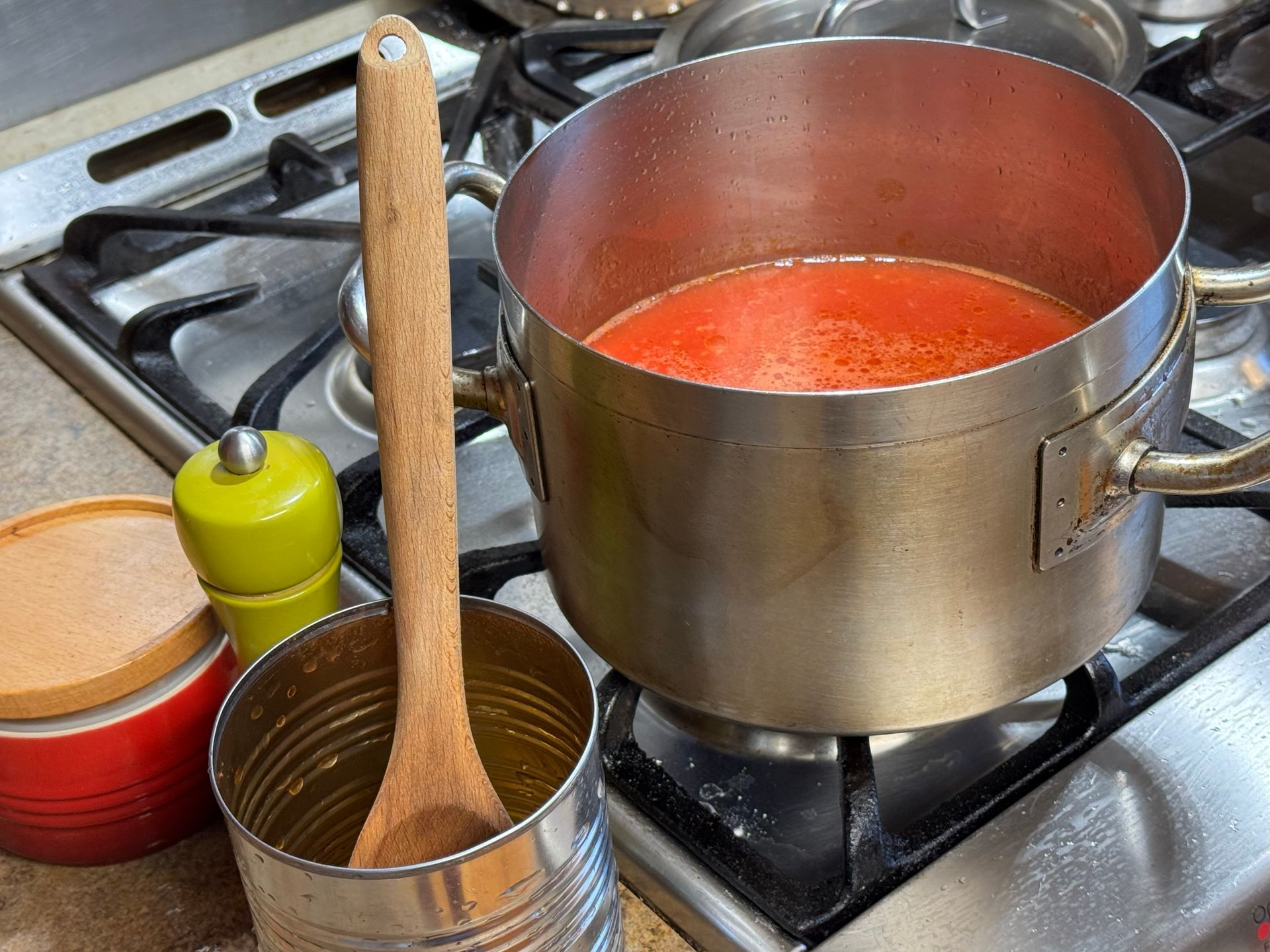

Step 3
It seems like a tradition to use the empty tomato can to hold your spoon as the sauce cooks...
This sauce is great on macaroni, toasted Italian bread, meatballs etc...
